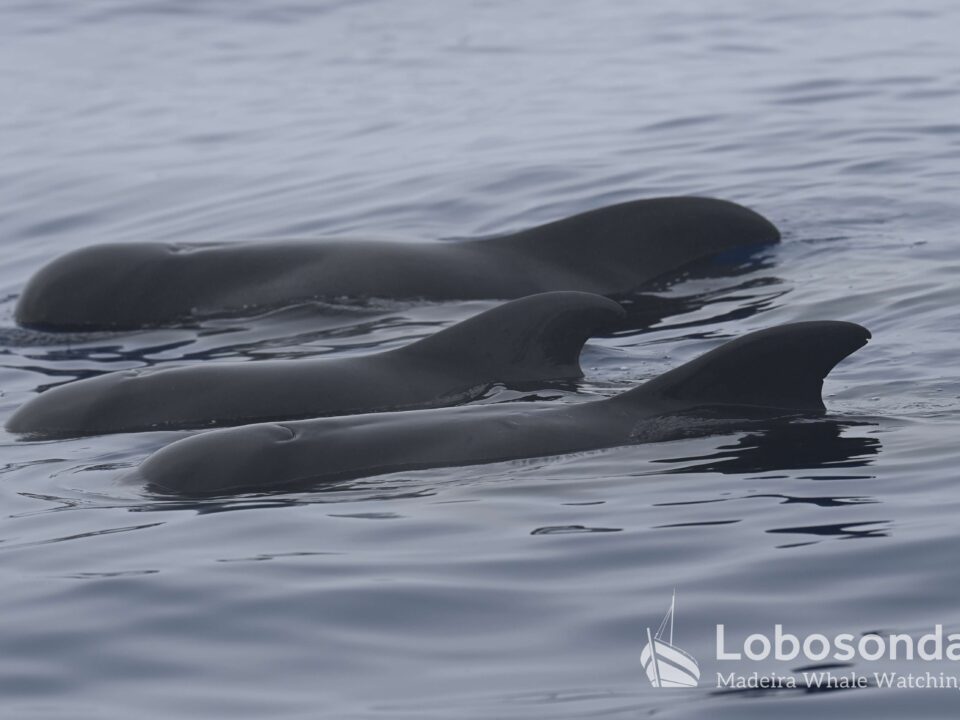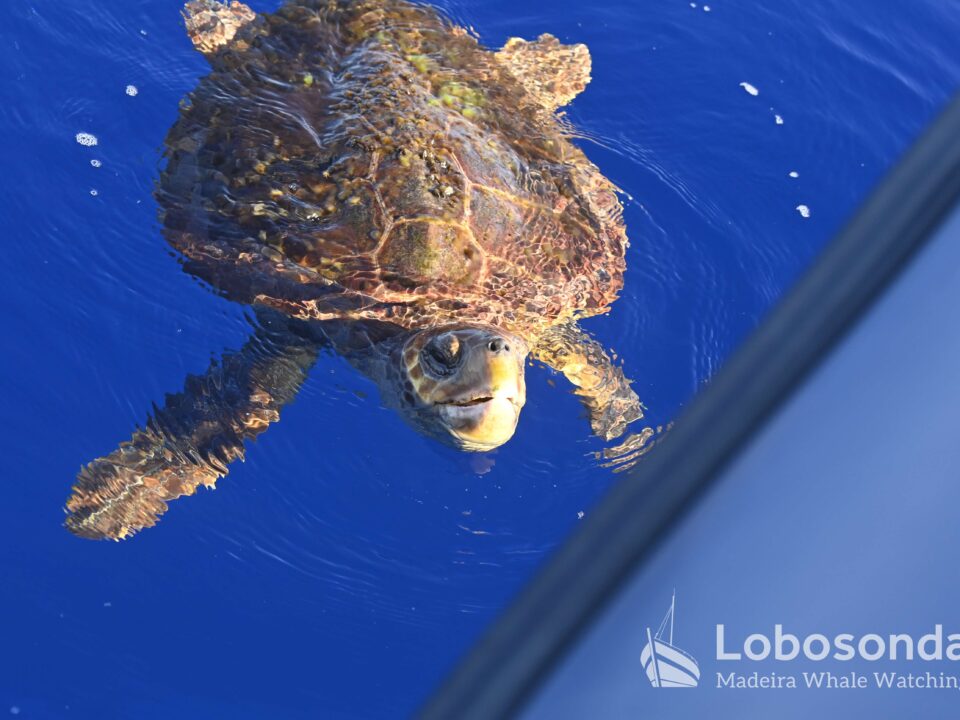
09.04.2016 – Coming from different countries to see wild marine mammals
April 13, 2016
Summary of Lobosondas participation at the ECS conference in Funchal
April 19, 2016Some days ago at the 24 th of March, during a trip with Stenella, we found a dead fish, floating at the water surface. Extraordinary in his appearance, we took him with us, in order to identify this species. Now, we did our “homework” for the Blog from the 24.03.2016, and think, that it is a species from the family of the deep-sea hatchetfishes (Sternoptychidae). So far, around 70 species of hatchetfishes are yet discovered, which lives in the subtropical, tropical and temperate waters of the Atlantic, Pacific and Indian Ocean. They are Teleosts (bony fishes), belonging to the order of Stomiiformes. They are small deepsea fishes with a bodysize of 2-14 cm and have a clumpsy body shape. The whole body is laterally extremely compressed, somewhat resembling a hatchet. Their scales are silvery and delicate. Their big eyes are directed upwards and the mouth is inferior. Underside, like other deepsea creatures, they have bioluminescent photophores (organs), which can emit blue light. This light is produced by luminous bacteria and serves for the communcation with fellows or to attract prey. Like other inhabitants of this hostile habitat, also the hachetfish is well adapted to high water pressure, low temperatures, darkness and little food. They typically occur at a few hundred meters below the surface, but their entire depth range spans from 50 to 1,500 meters deep.
About 60 % of the world ocean belongs to the deepsea. The deepest part of the earth was found in the Marianen ocean trench and has a depth of 11.034 meters.
by Astrid Haas




